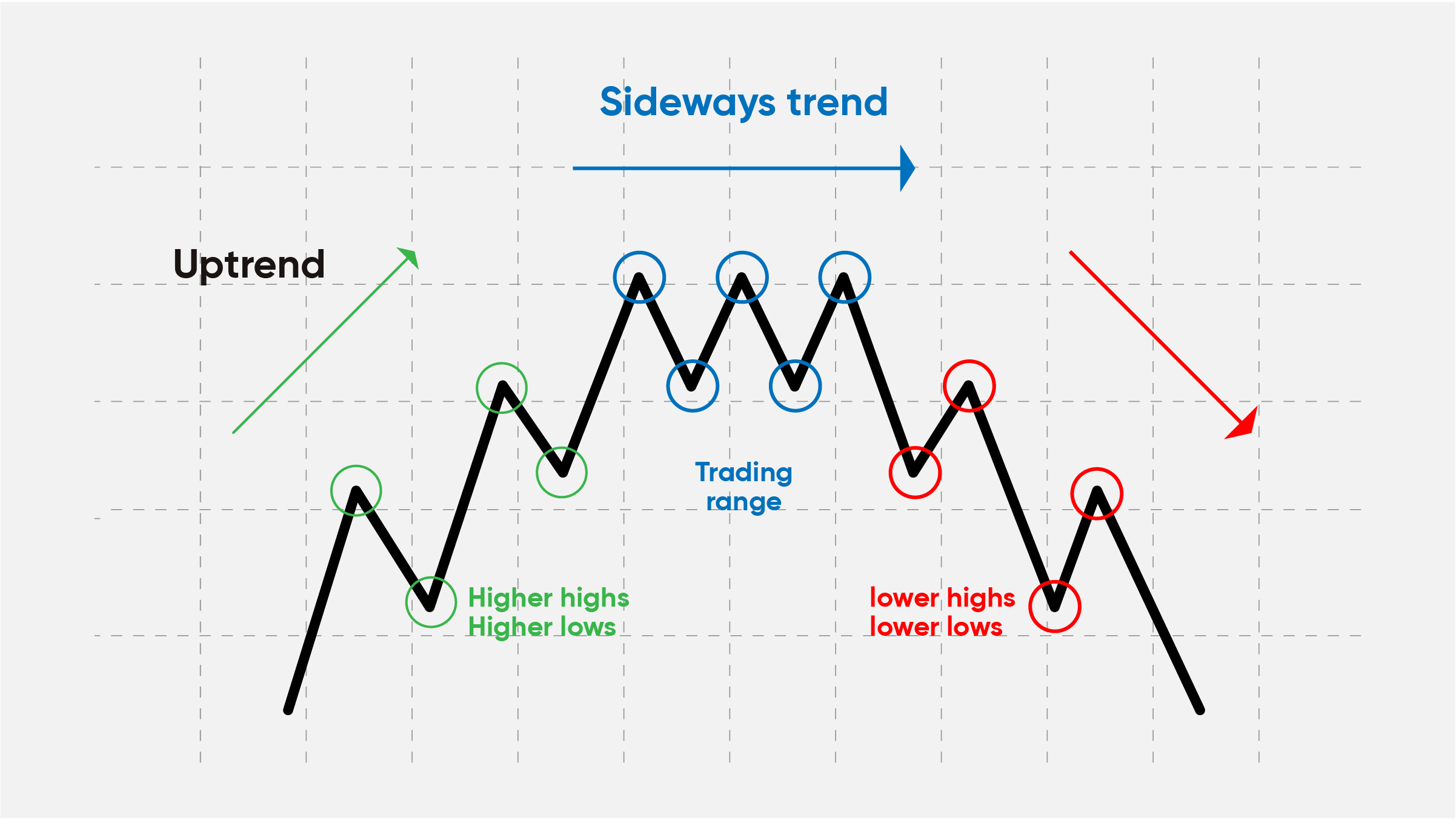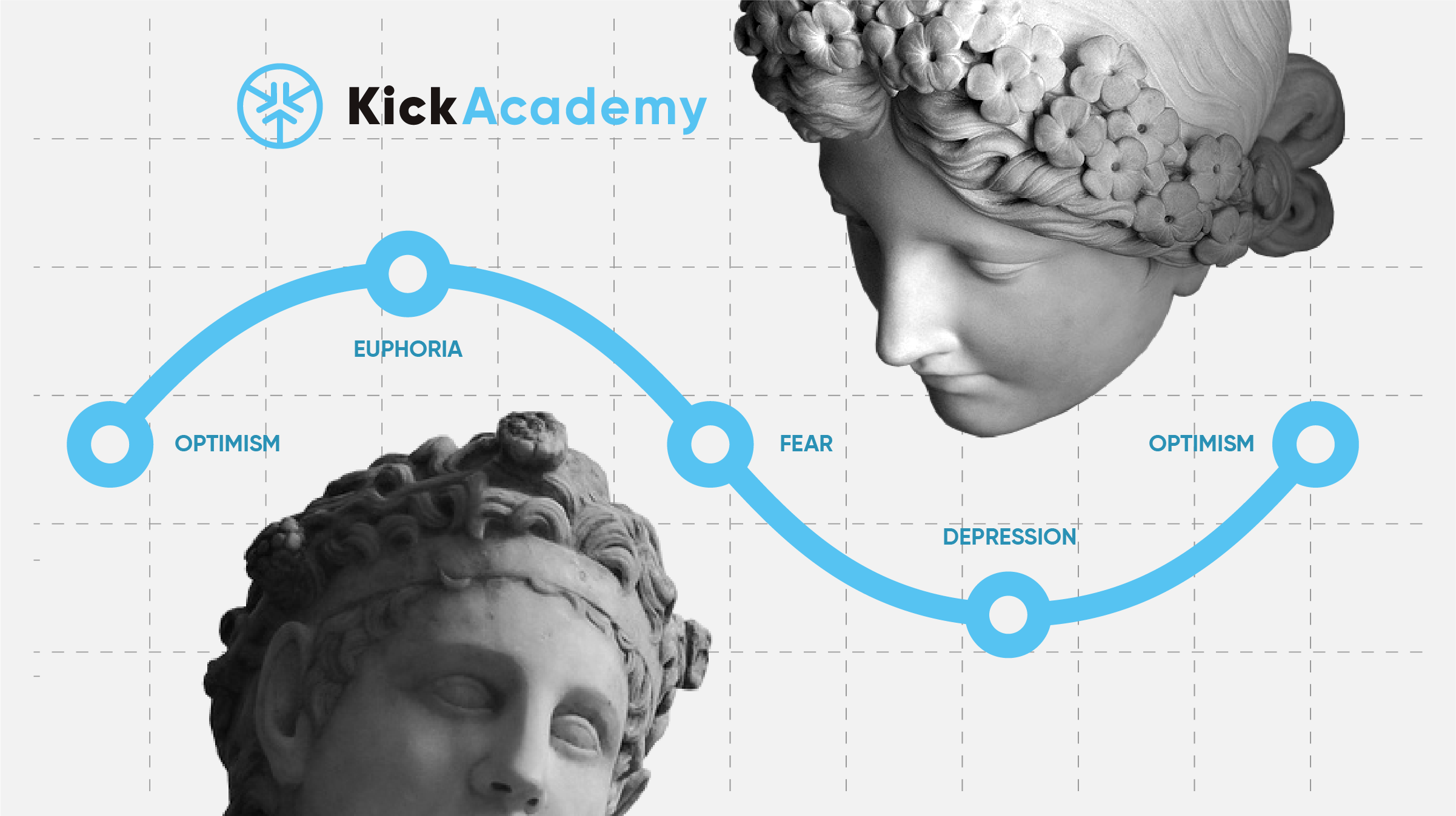The economy, companies, and markets also operate according to typical scenarios. Some of these scenarios are called cycles. They are generated by phenomena of natural origin, but not to a small extent they are affected by the ups and downs of the psychological state of a person and the behavior of people associated with it. Being closely related to psychology and behavior, these cycles are not so regular but indicate the best and worst moments for certain actions. They can have a significant impact on the activities of investors. Paying attention to cycles, we get the opportunity to provide income. By studying the previous cycles, we understand their origin and significance, ensure our readiness for the next cycle and rid yourself of the need to reinvent the wheel, i.e re-understanding the state of the investment environment. We reduce the chances that the development of events will take us by surprise, and get the opportunity to use the typical scenario for one's benefit.
Shift in the Market Trends
As the struggle between bulls and bears for market control develops, market cycles are born. Since the markets will not move up indefinitely or go down below the zero marks, the predicted fluctuation transactions occur on each time chart. Driven by emotional behavior, the trend appears and disappears.The natural movement of momentum and reaction dictates that two unique trends must form at some point within each market cycle. During an uptrend, a higher position should ultimately follow a lower position and finally mark a new peak. During a downtrend, the sequence of high positions ends when the price marks a lower position. There is also a sideways trend (flat) which is a horizontal price movement that occurs when the forces of supply and demand are nearly equal. According to statistics, about 80% of the time the market is in flat. And only 20% of the time the price receives strong impulses that drive the market.

- When the market is in the run-up phase (bullish market), an atmosphere of optimism, faith and greed arises. As a rule, these are the main emotions that affect the increase in purchasing activity.
- When the market is in the run-down phase (bearish market), an atmosphere of anxiety, denial and panic arises. The more prices fall, the stronger the wave of sales.
- When the market moves into the distribution phase, an atmosphere of uncertainty and mixed feelings arises. Prices can often remain pinched in a trading range that can last several weeks or even months.
How to take advantage?
The moment of the greatest financial opportunity usually comes when most of the participants are desperate, and the market sagged. Conversely, the moment of greatest financial risk occurs when most traders feel a sense of euphoria and confidence in further growth.In this regard, in the first place, it is extremely important to determine the general mood of the market in order to understand which of the stages of the psychological cycle is currently taking place. This information determines the right moment to buy assets at a low price, precisely when there is a mood of general panic. A similar situation is in the opposite direction, which provides opportunities to sell at a high price. In practice, finding this optimal entry or exit point is not always easy. Since the proposed zone of support may not resist the volume of sales, which will finally lead to an even lower fall in prices.
Final words
All traders do not like to lose money, but somehow this happens quite often. Uncertainty easily changes to a feeling of fear, which leads to reckless actions or reckless following the crowd. The main solution here is a rationalized approach to trading as a whole. Not everyone can make a stable profit in a volatile market, and for many, this is initially a high risk due to their nature. If at the times when the price rises, you experience joy, a sense of superiority, and vice versa when the price is falling - fear, anxiety, then one should rethink their approach to trading. A trader must think straight, assess the situation realistically, and the right solution for this is the technical analysis. Having found a position, it is necessary to draw up a detailed action plan: find the reasons for entering the position, place stop orders, etc. Strict adherence to the plan will protect the person from unnecessary reactions. The trader must explore the market and enter it in a calm mood. His task will be to recognize further signals of the trend reverse and exit the position.To survive and make a profit in the market, one needs to think through their actions. Not to run after the price, following the crowd. It is necessary to learn how to assess the situation on the market, to predict the behavior of the masses, and to profit from it using a variety of tools.
Now you have learned a lot about trading patterns and tools, you can start trading on KickEX to implement the new insights efficiently!



